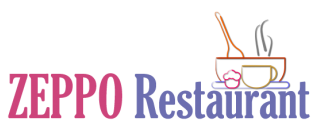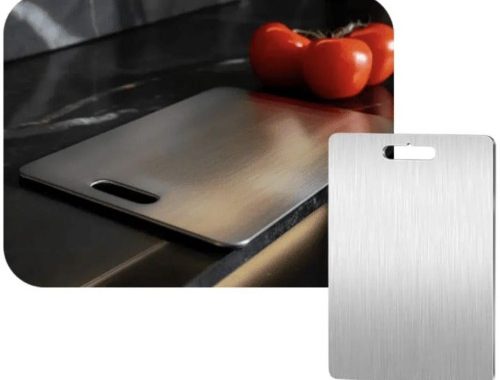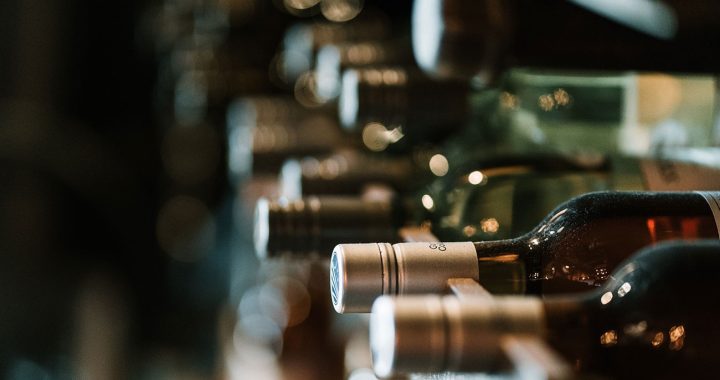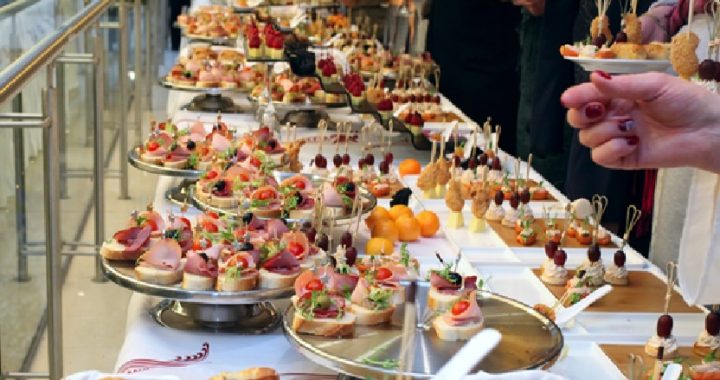
Using Software to Itemize Food Expenses for Restaurants
When you open a restaurant, you need to have lot of knowledge related to the business, necessary competencies, attitude as well as skills. The outside world keeps fluctuating in terms of gasoline, vegetable price etc. However, even in this fluctuation you need to ensure that you get maximum profit out of the business. In this scenario, food expense software plays an imperative role in helping the owner to operate their business and control wastage by getting maximum profit.
There are three different ways prepare the food lost on the account chart –
- Simple asset
- Operating expense
- Sort by Category
Simple Asset
This is the bare minimum correct method where all the food costs of the month, including wastage are listed in the software and the sum is used as single expenditure. This technique may be quick, but it doesn’t segregate waste and spoiled items separately.
Operating Expense
This method isn’t beneficial for small business, but helps a lot large scale production or fast food chains. Under this method, wastage of food is monitored minutely under the food expenditure section. The variation between waste and purchase of food items helps in monitoring both levels.
Sort by Category
This method is helpful in every food business and provides accurate information as it helps to keep food items categorized. The items are separated into consumable and non-consumable items. This means the waste products from perishable items is accurately calculated.
There are other things as well that is calculated as expense in software. It isn’t only the food items that are included in the expenditure. A restaurant has lot many things that have to be considered in preparing an account chart.
Occupancy and Miscellaneous expense
Most of the times, the restaurant building is bought by the owner, but beginners prefer renting it. So every month’s rent is also an expense along with the building’s maintenance, alarm system, water and gasoline supply, property taxes and other utilities are also considered as expenses. Then, we also have the cutlery expense along with restaurant décor. The salary and wages of every employee, music and entrainment, telephone charges with WiFi, etc.
Other Restaurant Expense to Track
The other expenses may not be related to food items, but they have their importance I food business. For example, opening a cafe also needs funds and maintenance. Espresso machines can be expensive, and therefore. It is necessary that the profits should be good so that the expense of machine and its maintenance could be managed. Moreover, during festive seasons or celebrations, certain discounts are given which should also be included.
Above mentioned list are some important items to be incorporated in the charts of accounts. However, important factors for every food business changes. Every business customizes their chart to gain optimum value for their organization.





